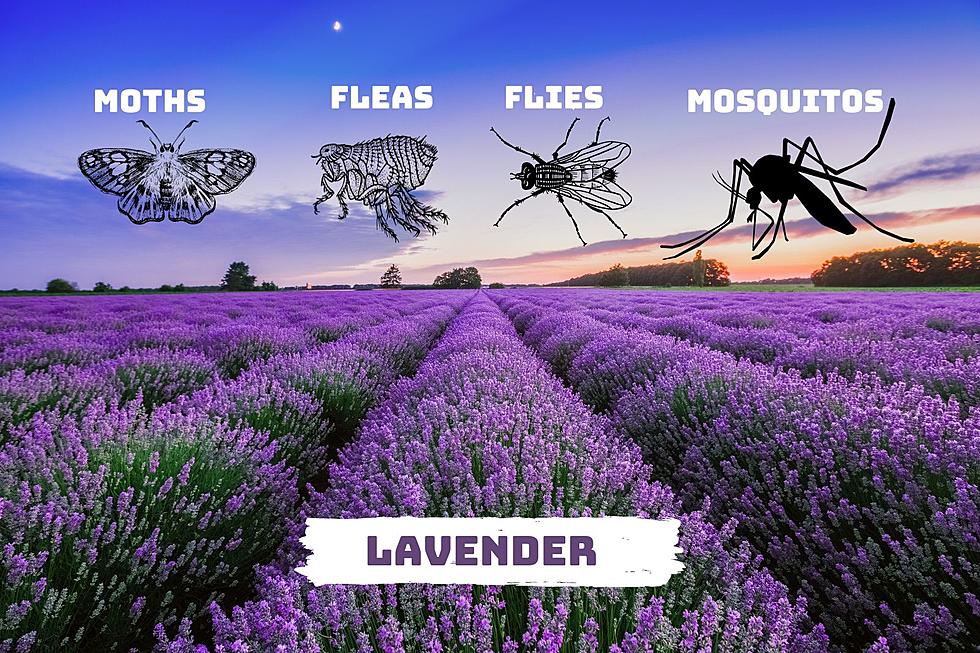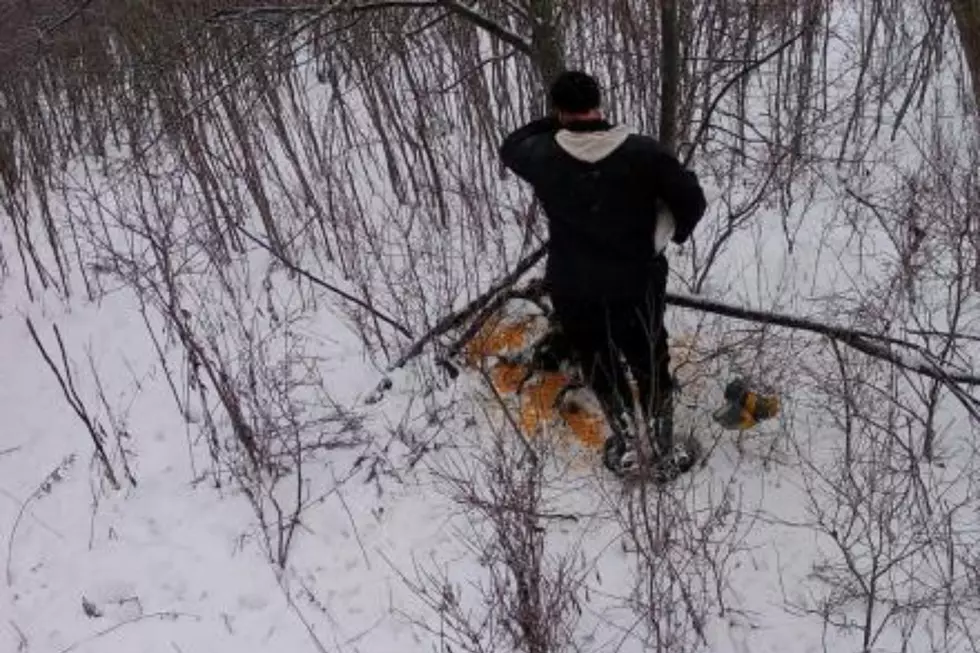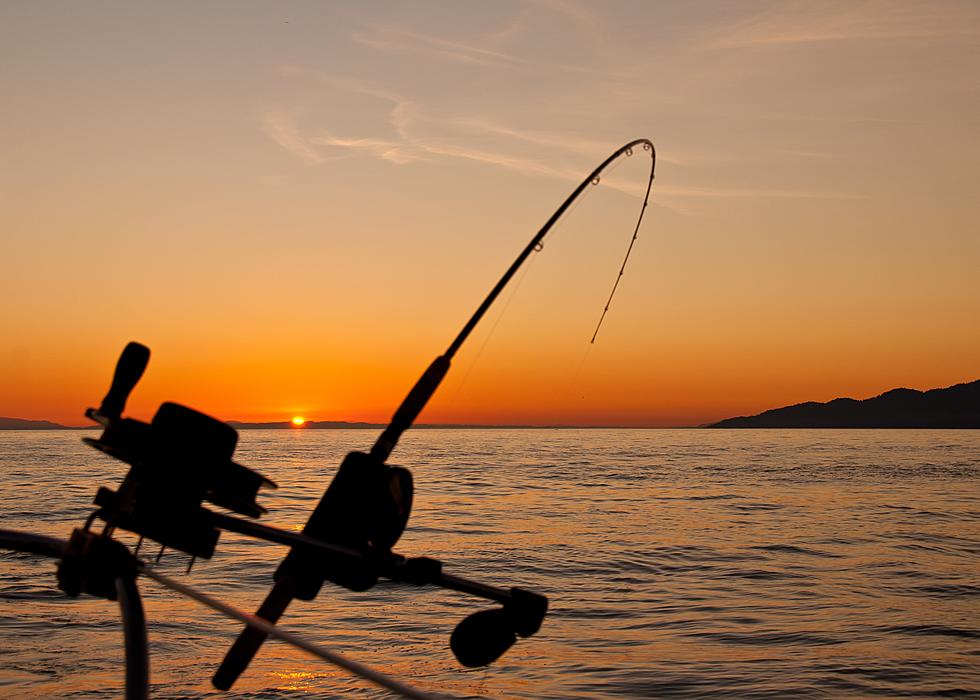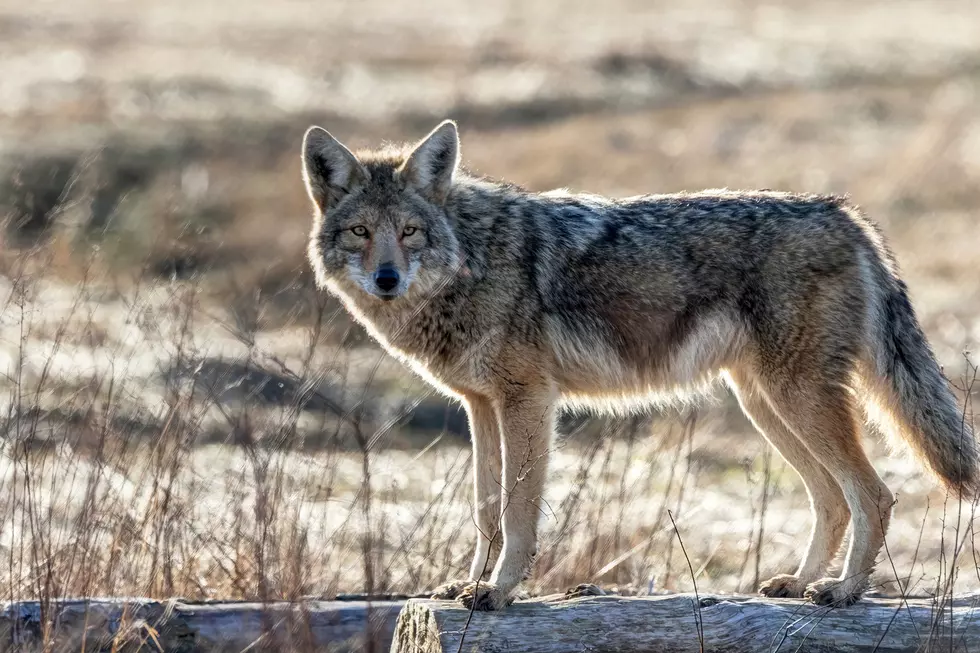
Attracting Birds In Winter – Ag Matters
Now that winter has finally arrived, don't forget our feathered friends. Nothing sets a winter scene like colorful birds on a snowy background. The Master Gardeners at Cornell Cooperative Extension have some tips on attracting them during the cold months.
Keep Water Flowing. If we don't have much snow, which birds eat to stay hydrated, they also need a water source. Give birds a fresh drink; set out a shallow bowl of clean water at the same time and spot each day, and just bring it back inside when ice forms. There are also heated birdbaths you can buy and even birdbath heaters; look in garden centers or bird-feeding stores. Never add glycerin or antifreeze to any water source; both can be fatal to birds and other wildlife.
Cold Weather Food. Suet is the best food source for winter birds; it provides extra calories for the birds to stay warm. Suet is composed of mixtures of animal fats and can be purchased or homemade. A suet cage is a wire basket designed to contain the suet cakes. Suet is best used in the cold months; warmer temperatures will cause it to go rancid. You can also give the birds a high energy food boost simply by smearing pinecones with peanut butter and then rolling them in birdseed. Use a natural coated craft pick and attach them in a prominent location where you can enjoy watching them.
Warm Cover. With trees and shrubs dropping their leaves, birds seek evergreens for warm cover. Bird houses will also provide shelter. You can also consider stacking dead twigs, pruned branches and other garden debris in a loose pile. This gives birds such as song sparrows quick cover as they move along the ground.
For more information including building feeders or nest boxes, visit the Cornell Lab of Ornithology. You can track birds' winter movements at Project Feeder Watch.
SOURCE: Cornell Cooperative Extension Jenn Farwell
More From Big Frog 104









